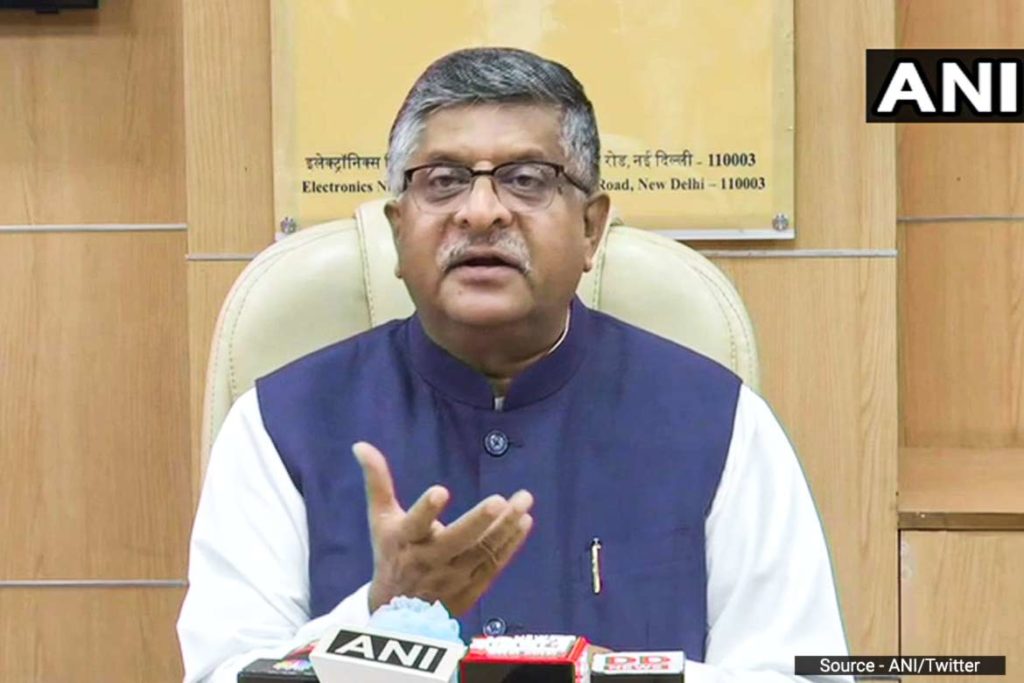Twitter on Friday blocked the handle of India’s Law and IT Minister Ravi Shankar Prasad for an hour. This fuelled the ongoing dispute between the Government of India and Twitter. But this was not the first time when Twitter took action against a big leader. In several previous instances,Twitter took similar actions. But the question here is, what gives twitter so much strength to take such bold steps.
Few bold actions against establishments:
- During the farmers’ agitation in February 2021, the government had ordered the closure of many accounts. Twitter refused to comply with the order, citing freedom of speech. In February itself, Twitter founder Jack Dorsey liked tweets supporting the farmers’ movement. Government sources questioned the fairness of this platform.
- In the toolkit controversy related to the January 26 demonstration during the farmers’ agitation, the government asked to remove 257 links linked to the Farmers Genocide hashtag and block 1178, but Twitter acted on its own terms.
- On May 18, BJP spokesperson SambitPatra tweeted a screenshot calling it a toolkit of the Congress. On May 20, Twitter tagged it as ‘manipulated media’. It was not removed despite the government’s request.
- Last week, representatives of Twitter were presented before the Parliamentary Committee attached to the IT Ministry. On this, the representatives of Twitter said – We follow our policy.
- Bluetick removed from the account of the Vice President of India and RSS leaders.

Also read: Amid Tussle Between Twitter And Indian Govt., Koo Gets Funding Worth 218 crores
- In January 2021, the Twitter account of then US President Donald Trump was permanently suspended by Twitter. Then Twitter said in its blog post that we had warned Trump that if he tweets ignoring Twitter’s policy, then strict action will be taken against him.
- Twitter was launched in 2006 and from 2007 there have been movements in Arab countries. People in Bahrain, Yemen, Syria, Libya, Tunisia and Egypt took to the streets to protest against their governments.Then the media here was under the pressure of governments, despite the opposition of the governments at that time, Twitter had become a weapon for the people and played an instrumental role in Arab Spring.
- On 1 June 2021, Twitter deleted a tweet by Nigerian President Mohammadu Bukhari. In this, Bukhari had targeted the opponents, referring to the civil war. Twitter removed it as a violation of the guideline. After this, the Nigerian government completely banned Twitter in its country, but Twitter did not compromise with the government even after the ban.
The strength behind such bold steps:
Twitter was launched on 11 March 2006. Since then its popularity has been increasing continuously. After 2019, there was a big jump in Twitter’s user base. As of 2020, Twitter had 186 million daily active users, which has crossed 192 million by the first quarter of 2021.
If we talk about monthly active users, then this figure goes beyond 350 million. Twitter has about 1.75 crore daily users in India. In the year 2020, Twitter collected revenue of 27.1 thousand crores. This was 7.4% more than last year. Twitter earns its revenue from two major sources. First, revenue from advertisements and second, revenue from licensing and other services.
In 2020, Twitter collected 86% of its total revenue, about Rs 23.4 thousand crores, from advertisements. This included the promotion of products, tweets and accounts. Apart from this, 14% (3.7 thousand crore rupees) of revenue was earned from data licensing and other services.
10% of social media users worldwide use Twitter. This includes celebrities, politicians, businessmen and brands from around the world. Former US President Barack Obama has the most followers on Twitter. India’s Prime Minister Narendra Modi is at number 12 on this list with 6.87 crore followers.
Also read: Facebook and Twitter have now stopped giving information to Hong Kong Government
